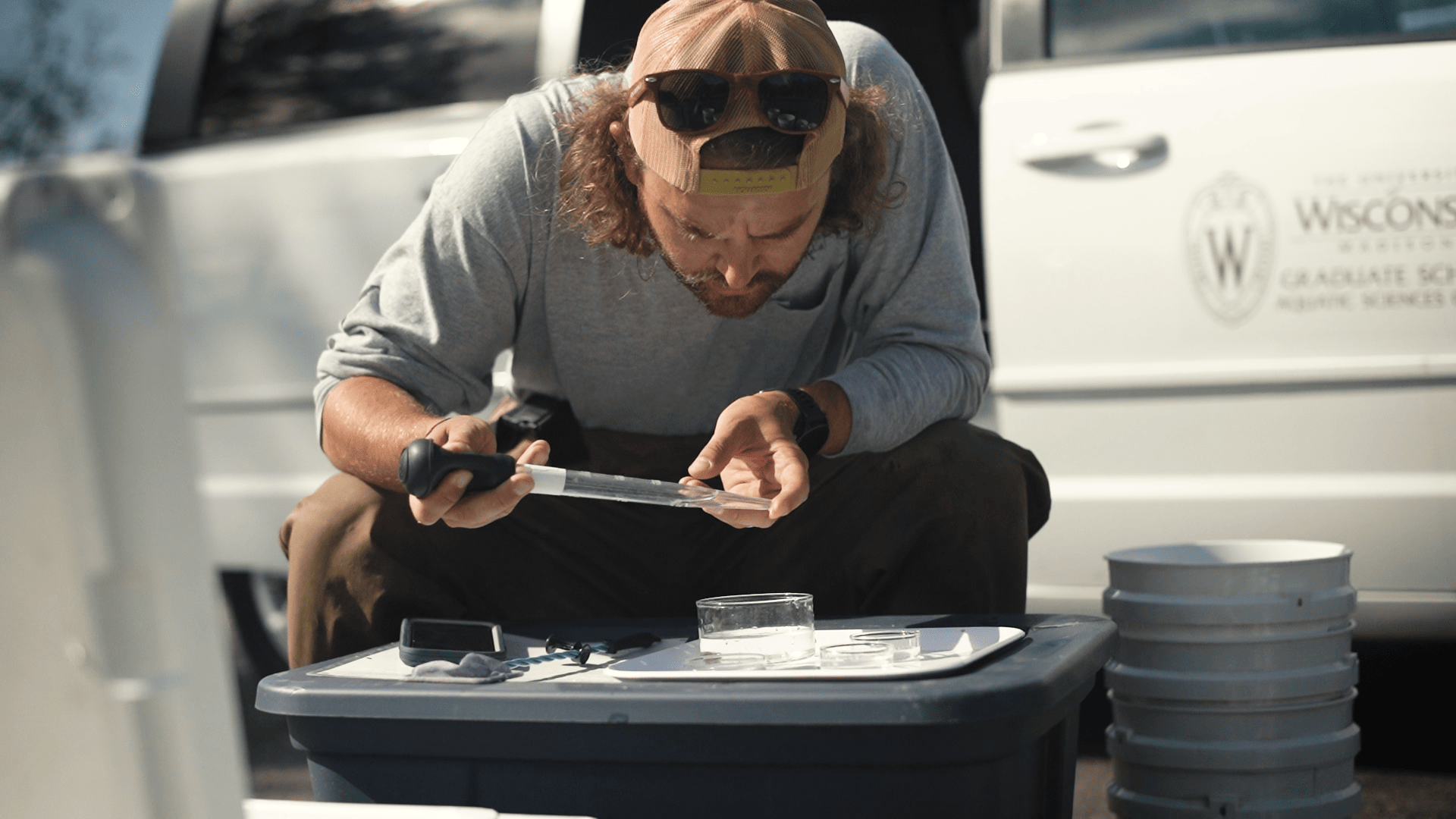Making Louisiana more resilient after notable hurricanes
By Roy Kron, Louisiana Sea Grant
“I grew up in this area and we heard the stories of Hurricane Audrey back in 1957 and how horrible it was. I even repeated some of those stories myself, but I had no idea the amount of destruction that a hurricane could bring.”
– Kevin Savoie, 2005
Louisiana Sea Grant & LSU AgCenter Extension Agent and Hurricane Rita Responder
The start of the Atlantic hurricane season on June 1 begins the countdown to the tenth anniversary of Hurricanes Katrina (Aug. 29) and Rita. (Sept. 24) Combined, the storms took a total of 1,963 lives in the U.S. and caused $120 billion in damages.
Immediately following the hurricanes, Louisiana Sea Grant (LSG) Extension agents helped commercial fishermen, seafood processors, local governments and neighborhoods dig-out and start the recovery process. Further inland, Sea Grant staff and researchers developed economic impact assessments, provided assistance to those on the front lines and developed tools to help communities become more resilient in the face of future storms. One of those tools designed for property owners is the Louisiana Homeowners Handbook to Prepare for Natural Hazards.
“The information in the book is specific to Louisiana,” said Melissa Daigle, resiliency specialist with LSG. “There is information on preparing evacuation plans and kits, construction practices, retrofitting, shutter styles, insurance and emergency contact numbers. Basically, everything a homeowner needs to know in coastal Louisiana to be best prepared for coastal hazards.”
The handbook is available in PDF format as a free download that can be read on a computer or tablet. Free hard copies are available at various locations throughout Louisiana’s coastal parishes, or the book can be ordered for $5. You can visit the Louisiana Sea Grant Homeowners Handbook site for more information about placing orders.
“The Cameron community is better prepared and resilient since Hurricane Rita,” noted Savoie. “The community adopted the International Building Code and implemented mitigation practices. Those who followed the new codes when rebuilding made it through Hurricane Ike (in 2008).”
Another tool developed by LSG is the Louisiana Coastal Hazard Mitigation Guidebook. A bit more technical than the Handbook, the Guidebook provides strategies that can help planners, managers and property owners in coastal communities better prepare for and recover from hurricanes, as well as deal with issues such as subsidence, sea level rise and other flooding. The Guidebook can be downloaded from http://goo.gl/bN2q58, or a free printed copy can be ordered by emailing jsche15@lsu.edu. Again there is a $5 charge to cover postage and handling.
“Making yourself hurricane-proof is a deliberate act,” said Rusty Gaude, LSG and LSU AgCenter Extension agent for Jefferson, Orleans, St. Charles and St. John parishes, and a Hurricane Katrina responder and survivor. “You have to have a plan. You have to be able to execute that plan.”
Learn more:


